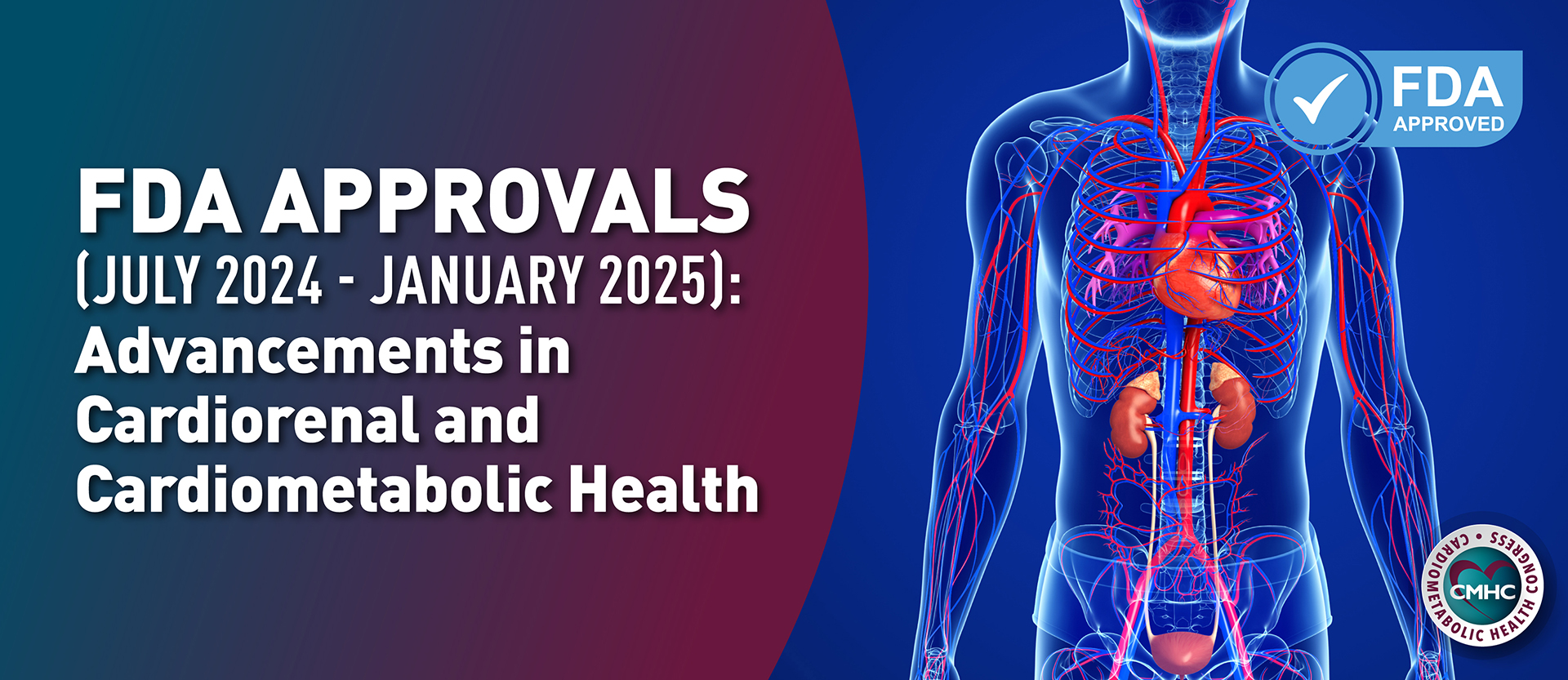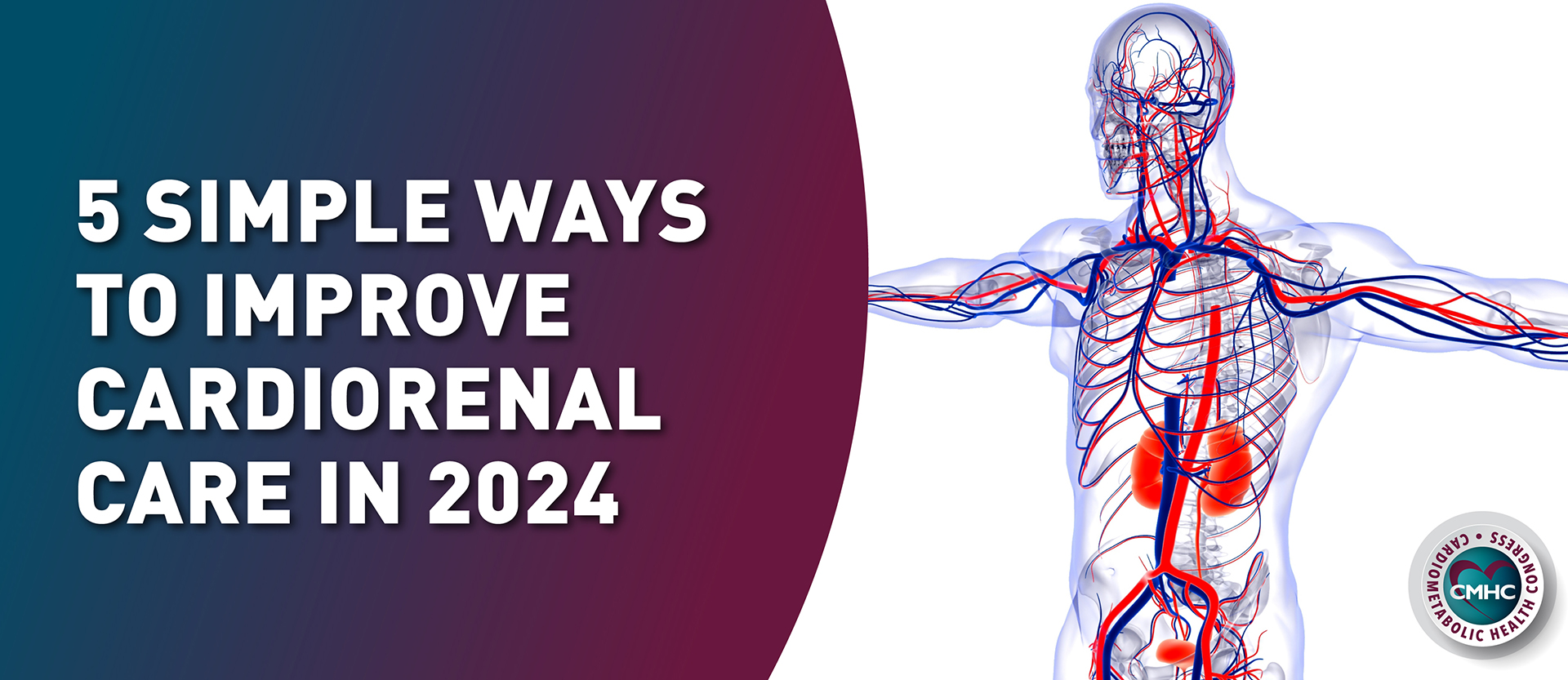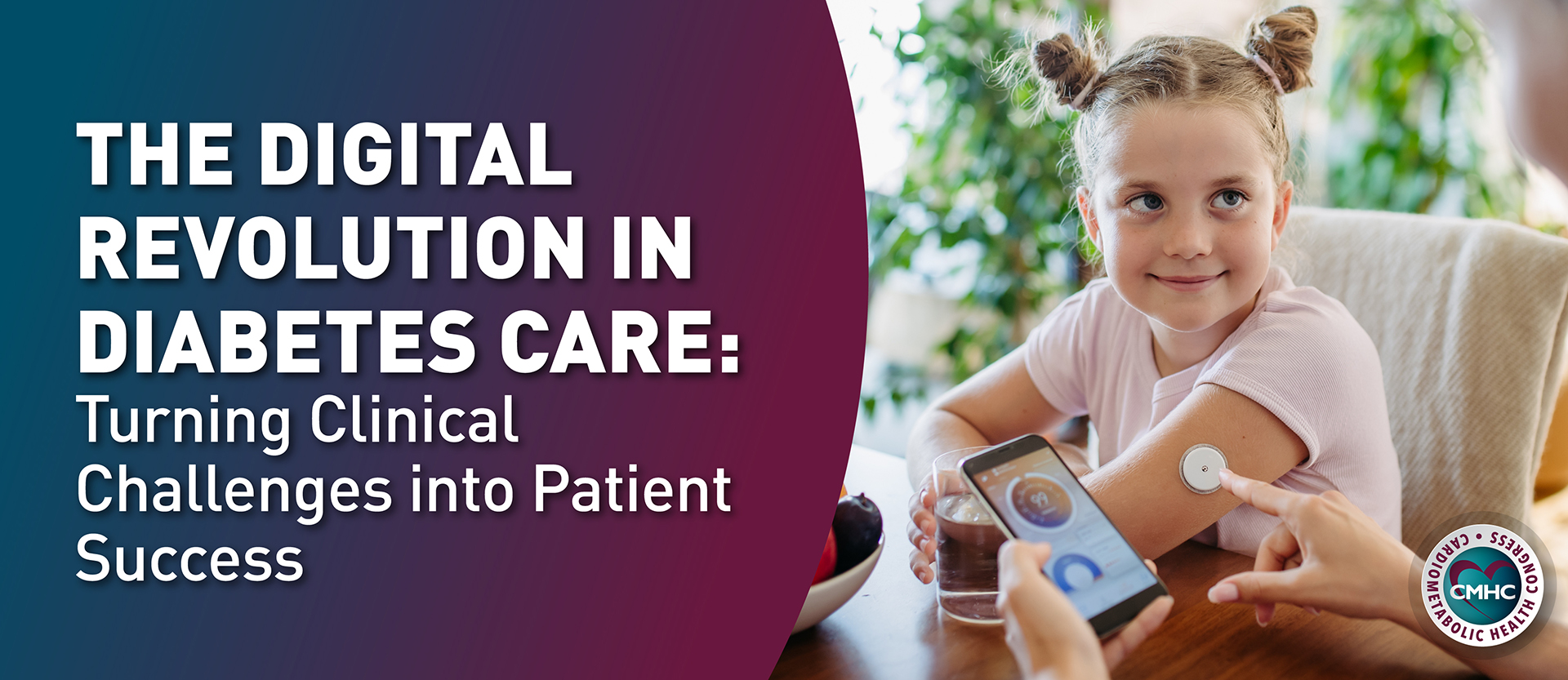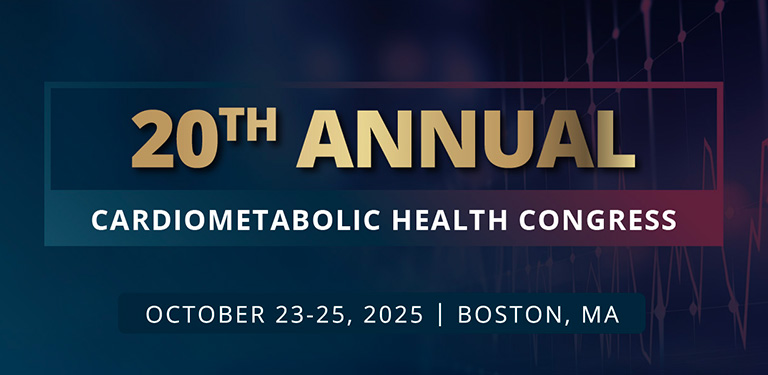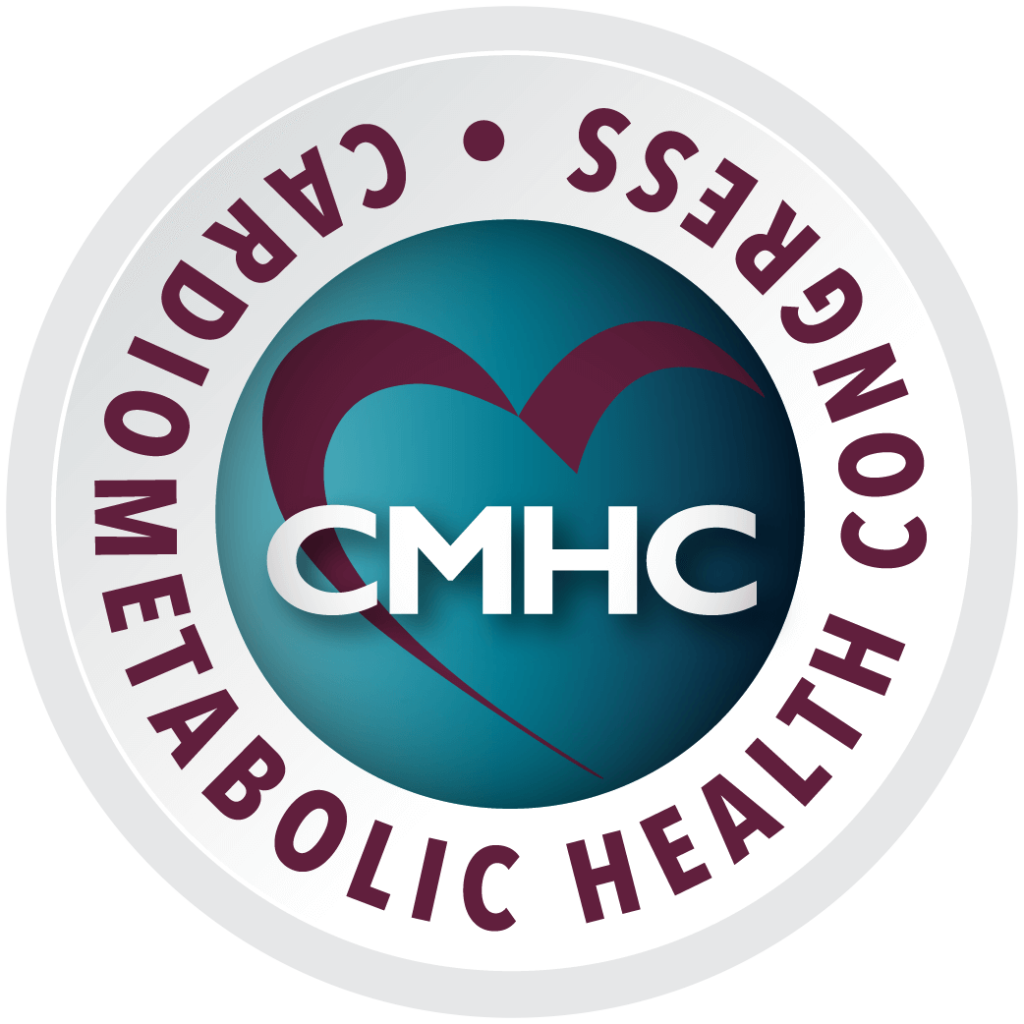More than one fifth of all pregnancy-associated deaths during a 10-year period in Illinois were the result of cardiovascular causes, and the mortality rate resulting from cardiac causes rose with maternal age, new data study show.
Further, of the cardiac-associated deaths, 28.1% of them were potentially preventable, Joan Briller, MD, from the Division of Cardiology, Department of Medicine, and the Center for Research on Women and Gender at the University of Illinois at Chicago, and colleagues report in an article published online April 4, 2018, in Obstetrics & Gynecology.
Recent research has shown that the maternal mortality rate in the United States has risen substantially in recent years, with one study of national trends reported by Medscape Medical News indicating a relative increase of more than 25% between 2000 and 2014.
Because cardiovascular disease is recognized as a leading contributor to US maternal mortality, Dr. Briller and colleagues sought to identify the most common etiologies of maternal cardiac death in Illinois and to assess their potential preventability.
The investigators reviewed data on pregnancy-associated cardiovascular deaths in the state from 2002 to 2011. Data were collected by a network of regional perinatal centers and recorded in the Illinois Department of Public Health maternal mortality review database. Illinois requires the reporting and review of all deaths to women within a year of pregnancy.
During the period of study, there were 636 deaths in women who were pregnant or within 1 year of pregnancy, reflecting an overall death rate of 37.1 per 100,000 live births. Of the deaths, 140 (22.0%) were cardiac-related, predominantly (97.1%) resulting from acquired heart disease. The most common etiology was cardiomyopathy (27.9%), followed by stroke (22.9%), hypertension-related death (12.9%), arrhythmias (10.7%), and coronary artery disease (9.3%). Of the 39 women who died of cardiomyopathy, 30.8% (n = 12) developed the condition during the peripartum period.
Of the cardiovascular deaths, those attributed to cardiomyopathy “were significantly more likely to be considered directly related to pregnancy (P<.01) than other cardiac etiologies,” the authors write, and women with cardiomyopathy “were more likely to be younger than women who died of other cardiovascular causes,” they observe. The cardiomyopathy mortality rate in women younger than 20 years was nearly three times that of women aged 20 to 29 years (rate ratio [RR], 3.38; 95% confidence interval [CI], 1.38 – 8.27).
More than half of the cardiovascular deaths in this patient population occurred during the first 6 weeks postpartum compared with deaths from noncardiac causes (56.7% vs 49.2%; P < .01). This suggests that women with hypertension, preeclampsia, or other cardiac risk factors or symptoms should receive more extensive postpartum care, the authors write.
“[T]he preponderance of cardiovascular deaths in the older population is especially striking given that only 40.1% of births occurred in women older than age 30 years of age,” the authors write. “Increasing cardiovascular death as women aged is partly explained by the rising prevalence of cardiovascular disease in the older population,” they explain.
Of the cardiac deaths, 28.1% were determined to be potentially preventable and point to aspects of care that are “amenable to change such as monitoring patients at risk for several weeks postpartum,” the authors write.
The Illinois findings “add to our understanding of cardiovascular disease as a leading contributor to maternal mortality by addressing risk factors to be assessed and that a large proportion of maternal mortality is potentially preventable by addressing issues such as the importance of monitoring patients at risk for several weeks postpartum while hemodynamic changes are still in flux,” the authors conclude. “Our data support the need for more investigations into cardiovascular maternal mortality, organized communication between obstetricians and cardiologists, and the need for systems designed to better educate and communicate cardiovascular risk factors and warning signs to pregnant women and medical care providers.”



